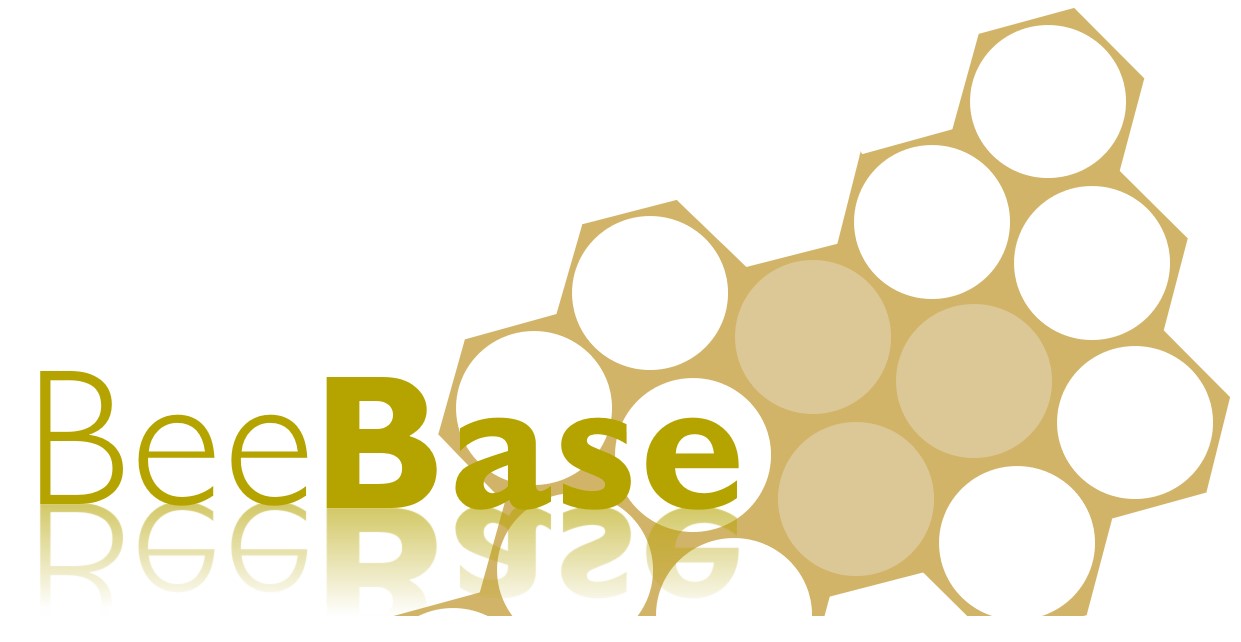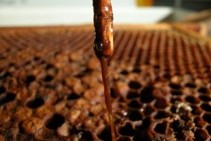American foulbrood (AFB) is a statutory notifiable infection of honey bees. Any beekeeper in England or Wales who suspects the presence of AFB in a colony for which they are responsible is legally required to inform the NBU.
American foulbrood (AFB) is caused by the bacterium, Paenibacillus larvae. Similar to EFB, these bacteria are a gut pathogen, but unlike EFB, AFB is extremely virulent and will kill 100% of infected larvae. Some strains will kill the larvae within two to three days, while other strains may take up to fourteen days. AFB can form spores. Spores are a dormant form of the bacteria that are very resilient in the environment and can survive extremes of temperature and humidity. This means that AFB spores can be difficult to eliminate
This page describes some of the signs of AFB, for a more comprehensive understanding of AFB disease in honey bees, including how to recognise the signs of AFB and differentiate them from other brood diseases, please read our ‘foulbrood disease of honey bees’ advisory leaflet.
Signs of AFB include:
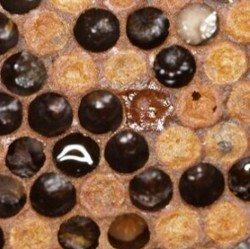 |
Healthy wax cappings are dry and digestive biscuit coloured, but during AFB infection, cappings become sunken and dark as the developing brood inside die. Cappings become perforated when adult bees nibble holes in them to try to remove the infected larvae underneath. |
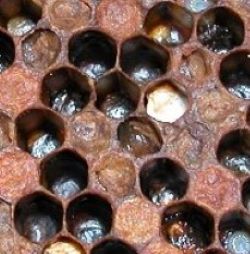 |
Some cappings may become moist or greasy-looking and slightly darker in colour than other cells. At first only very few cells may show signs of disease and the colony will appear normal in other respects. |
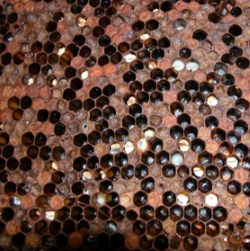 |
Eventually much of the sealed brood will become affected by the disease, causing a patchy or ‘pepper pot’ brood pattern. There may then be an unpleasant smell associated with decomposition. |
|
|
Inside the sunken cappings, the remains are light to dark brown in colour. If a matchstick is inserted and slowly withdrawn into a cell with a dark, slimy-looking cell capping, the remains can be drawn out in a brown, mucus-like thread or ‘rope’ 10 to 30mm long. This is a reliable test for the presence of AFB. |
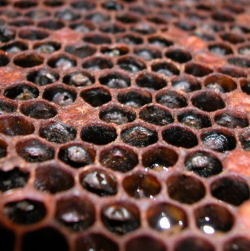 |
Further drying leads to the final stage, which is a very dark brown, rather rough scale lying on the lower side of the attached cell and extending from just behind the mouth of the cell right back to the base. The scales are best seen if the comb is held facing the light: they reflect the light from their rough surfaces and can easily be seen, even when their colour is almost the same as the comb itself. |
To report a suspected case of AFB, please contact us as soon as possible at: nbu@apha.gov.uk
Further information
Control of AFB is subject to the Bee Diseases and Pests Control (England) Order 2006: https://www.legislation.gov.uk/uksi/2006/342/contents/made
To learn more on the prevalence and distribution of AFB in England and Wales, view our disease incidence page: https://www.nationalbeeunit.com/diseases-and-pests/reports-charts-and-maps/disease-incidence/
